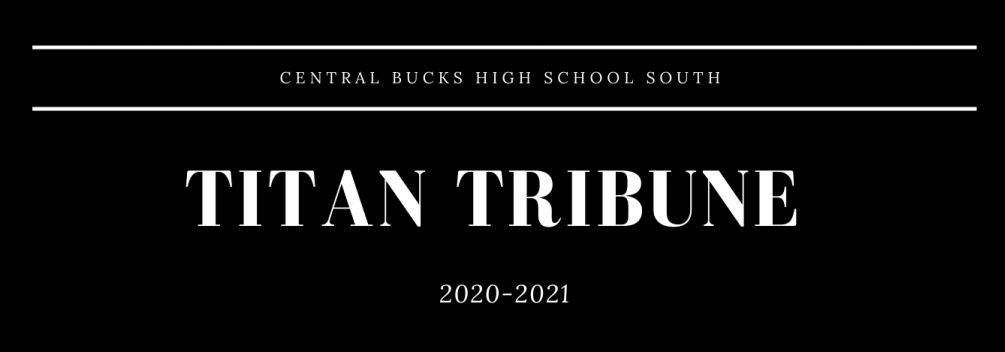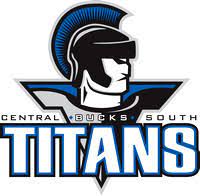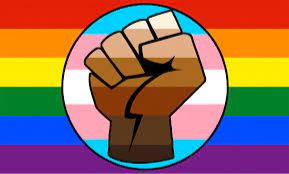Local CB Teacher Selected to Novel Endeavor
Our world comes with many spectacles, both good and bad. The Battle of Waterloo, the Silk Road, the Crusades, the Renaissance, the Cold War, the Watergate Scandal and so many amazing events and people and stories that happened to coincide with our time.
Everyone should make it a point to be familiar with the beauty that is our world.
National History Day is an organization which upholds this historical value among secondary students.
Central Bucks first pursued NHD in middle school, but it is available to all secondary students.
There is an NHD chapter in every state, and every year, there is a competition centralizing around a theme, which varies between years. Students compile a list of resources and deliver their presentations in one of five formats: a research paper, a website, an exhibit, a documentary, or a performance. If a student or a group of students do well at the school level, they can then advance to the state, then regional, and so on.
Chris Johnson, a social studies teacher at CB East, was one of fifteen teachers recently selected to write a book on helping students navigate the vast number of primary sources offered by the Library Congress. The book will help students understand how to not only select a source, but how to effectively utilize its information in their presentation.
The fifteen teachers are divided into five groups, each responsible for a certain component of the book. Mr. Johnson’s group will help students understand how to integrate primary sources available at the Library of Congress into their research papers. This endeavor is a partnership between NHD and the Library of Congress and will allow students access to much untapped primary source potential.
“We are trying to put into student language how they can make use of the enormous number of primary students at the Library of Congress,” says Chris Johnson.
As a former NHD competitor myself, I can say that having such a guide to help select and interpret sources would have been invaluable during my research, especially since middle schoolers specifically are often unexposed to such deeply intellectual endeavors.
This task is vital to the NHD mission because their primary goal is to promote authentic historical scholarship, says Johnson.
“The project is about getting us to make primary sources more understandable, more approachable, and more meaningful, for students to incorporate sources from the Library of Congress into their research,” he says.
And this book will not only help NHD competitors. Since it will describe how to process the plethora of information offered by the Library of Congress, any secondary student searching for primary resources will find this to be a vital resource.
“Any student could use what we’re doing in this book to become better historical scholars. I think any teacher could use this book to help their students become better historical scholars,” says Johnson.
Mr. Johnson is working closely with a group of two other teachers, and their work is edited by a retired educator. So far, they have “identified what topic and media from the Library of Congress they want to look at” and Mr. Johnson in particular will provide information on how to assess newspaper articles. Another teacher will be doing the same for pictures, and third will be looking at manuscripts.
In his portion of the book, he will delineate why a newspaper is considered a primary source and how to utilize it in different ways.
“Newspapers aren’t just news reports,” says Johnson. There’s other stuff in there besides news reports that can be used.”
Mr. Johnson says that the lines between primary and secondary sources are blurred, especially when considering a timeline of events.
“I think one thing I’ve learned from this process is not whether a source is primary, but when could this be considered a primary source” Johnson says.
The vast majority of content available via the Library of Congress is intimidating, to say the least. Johnson and his colleagues will find a way to narrow down the search.
“There’s so many primary sources there. You go to the Library of Congress, and you search for a topic and you’re going to get a ridiculous number of hits. How do you manage all of those hits to find what you need?”
This is exactly what Johnson hopes to communicate to students through the book.
In addition to engaging in teacher-to-teacher collaboration, Mr. Johnson took a twelve-part course to develop a firm understanding in how to navigate the Library of Congress’ online interface. The course involved multi-media content including pictures, dialogue, and collaboration.”
“We’ve done a lot of scavenger hunts of the Library of Congress,” Johnson says, “and we found some really interesting nuggets that way.”
Now, Johnson and his writing team are not too far away from drafting their content he says. Johnson began work on the program in early February, so in just under three months’ time, the group has made terrific progress.
“I’m a little surprised at how much my little group of four has managed to accomplishment,” says Johnson.
Johnson also describes how this process has impacted his perception of his students’ ability to use primary sources.
“I’ve been pushing students to look at sources that are out there that they’ve never looked at before,” says Johnson.
Additionally, Johnson says that his newfound depth of knowledge on primary sources has encouraged him to push students to develop more concise and full historical arguments, whether they be for class or otherwise. His work has even impacted the community, as working with other teachers all around America to further a cause in the name of students is a truly gratifying experience.
“I feel like any of these chances I get to work more with educators across the country is making me a better teacher and enlarging the sphere in which I operate. We thrive in CB East off the advice we give to one another, and I feel like our circle has broadened through this endeavor,” says Johnson.
Congratulations to Mr. Johnson for his exceptional work! His efforts are thoroughly appreciated.




